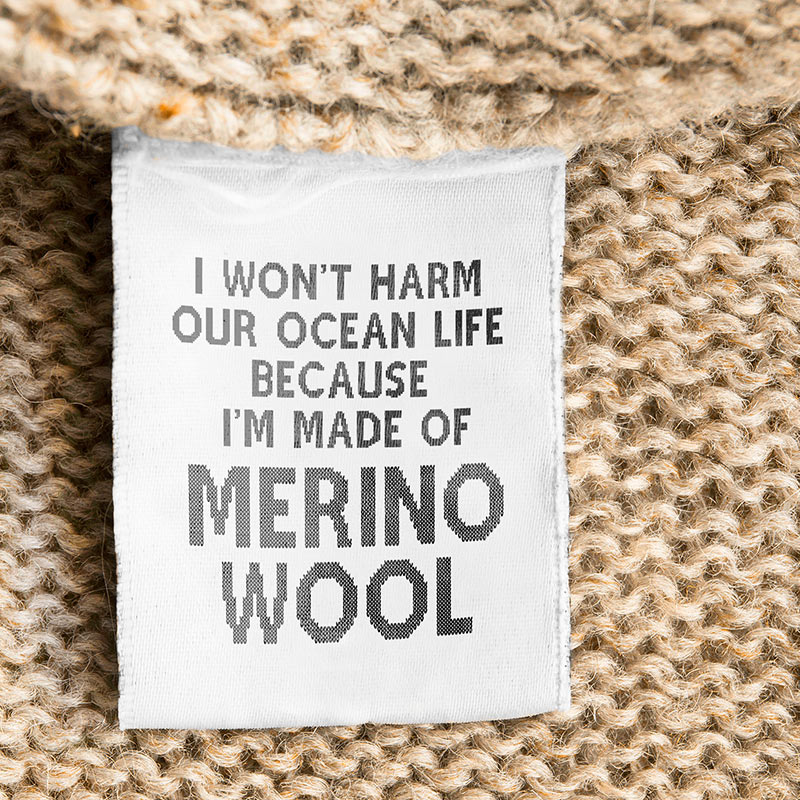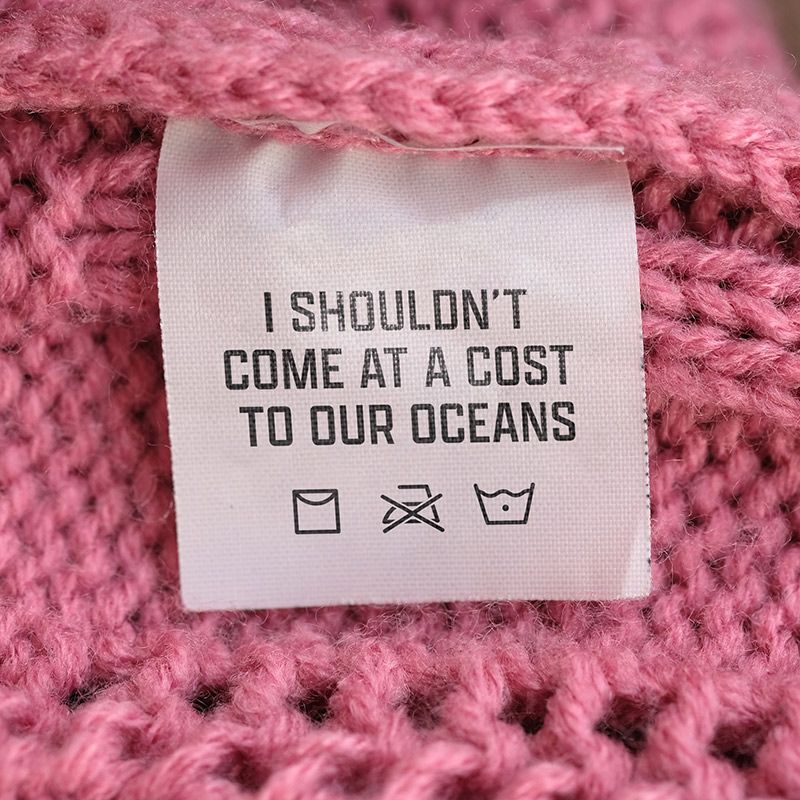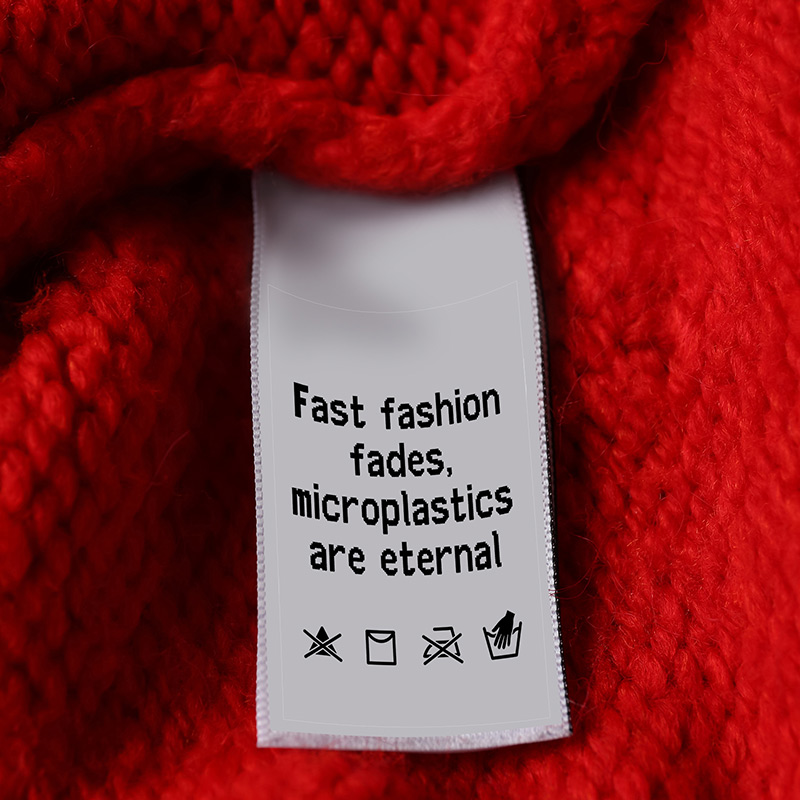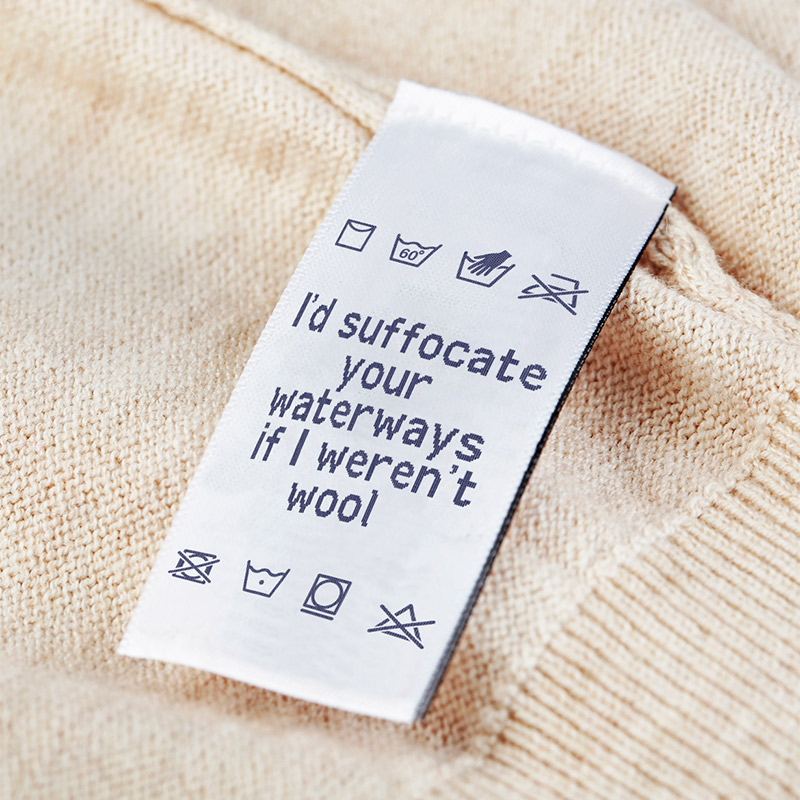21 billion tons of textiles are sent to landfill every year. That’s a lot of clothes. But not every item of clothing is destined for the trash can. Clothes made from natural fibres, such as Merino wool, are not only readily recycled, but at their ultimate end of life are biodegradable, releasing valuable nutrients back into the earth. Talk about circular.
Why is textile biodegradability important?
Made from nature
No microplastic pollution
Promotes soil health
44% of people don’t realised that synthetic fibres in their clothes - such as polyester, acrylic or Nylon - are actually plastic. What’s more, these man-made fibres, derived from fossil fuels and crude oil, do not easily biodegrade, clogging up landfill and choking the ocean as they release thousands of microplastics. Fabrics which sound too good to be true, such as recycled polyester and recycled nylon, are generally just that. At the end of the day they are still synthetic fibres, which stay in landfill for hundreds of years and contribute to microplastic pollution.
Natural fibres, such as Merino wool, are 100% biodegradable in both land and marine environments. So you can wear, care, recycle and dispose of your woolies with confidence that Mother Nature won’t suffer.
Become a label turner
How do you know if you’re making an environmentally friendly choice when purchasing new or pre-loved clothes? Checking the label is a great place to start and shouldn’t be skipped over. It’s essentially a brand’s promise to you, the buyer. Choosing natural fibres over synthetics can make a huge difference in protecting our land, waterways and ocean against pollution.
4 tips to becoming a label turner

What is the garment made from? In many countries this is a legal requirement.
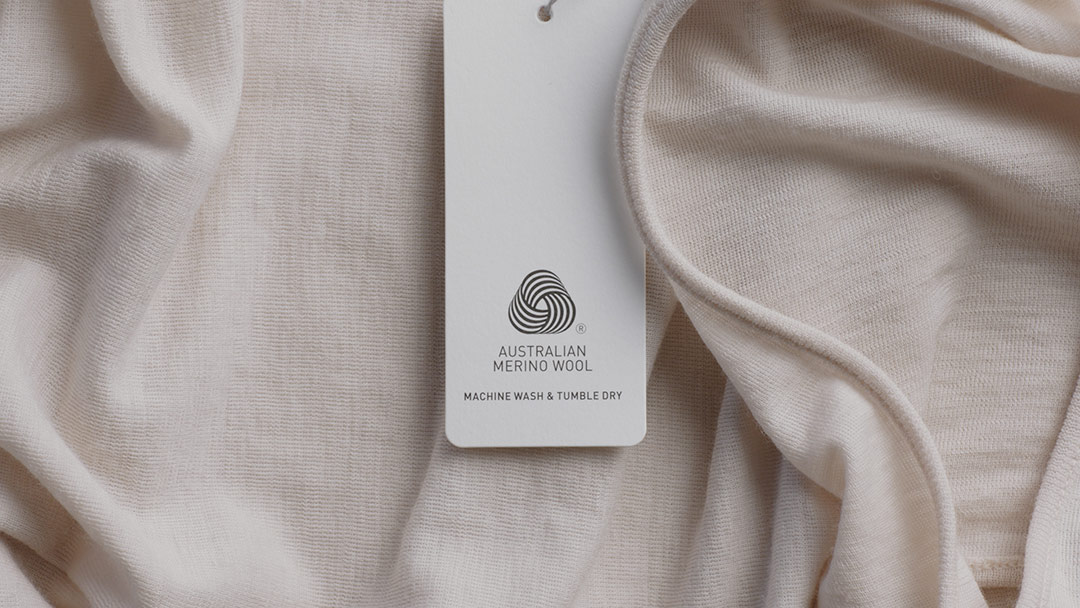

How often a garment needs washing will impact its environmental footprint. Wool clothes require less washing than clothes made from synthetic fibres, saving you time and money on water and energy bills. And the sweetener, washing wool is super easy. Proper care can considerably extend the garment’s life.
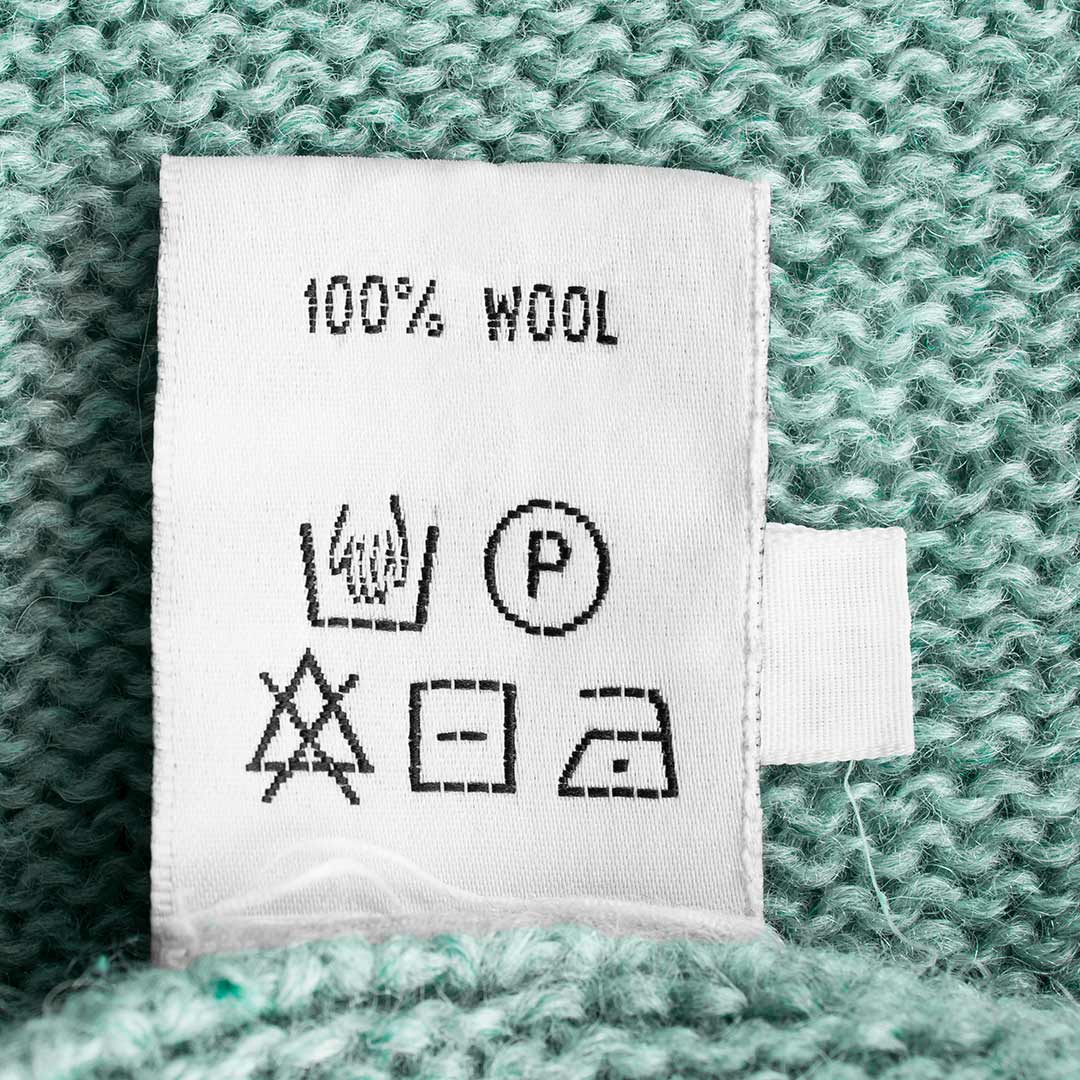

Made in? Grown in? It’s important to know where and how your clothes are made, and even who made them. This way you can find out if the workers are being paid a living wage.
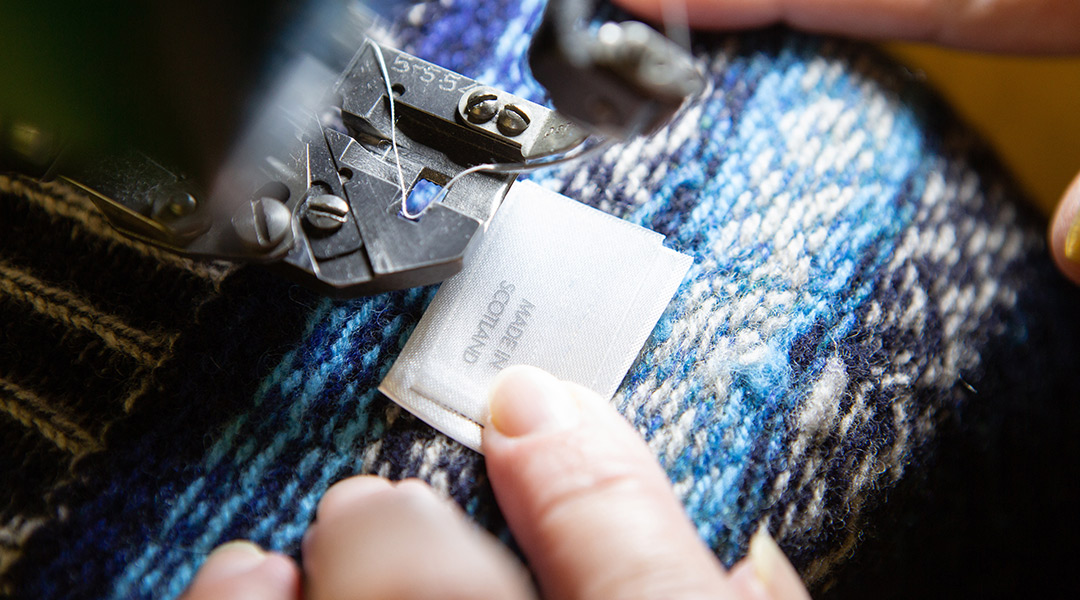

Did you know the iconic Woolmark logo is a symbol of trust and quality? It’s our promise to you that you are buying a product made from natural, renewable and biodegradable wool that meets our exacting standards
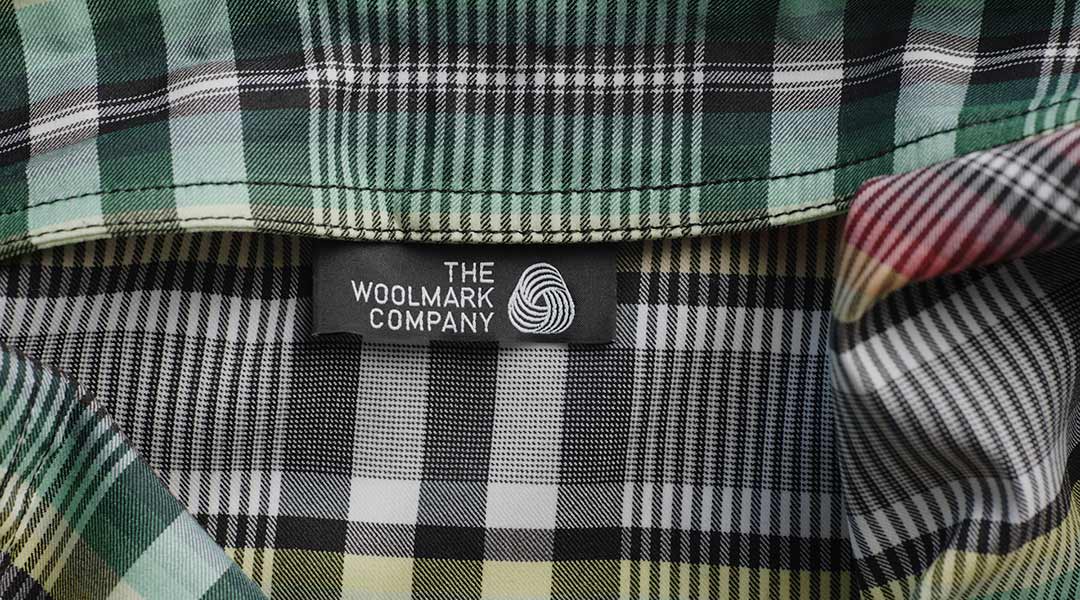
What fibres are biodegradable
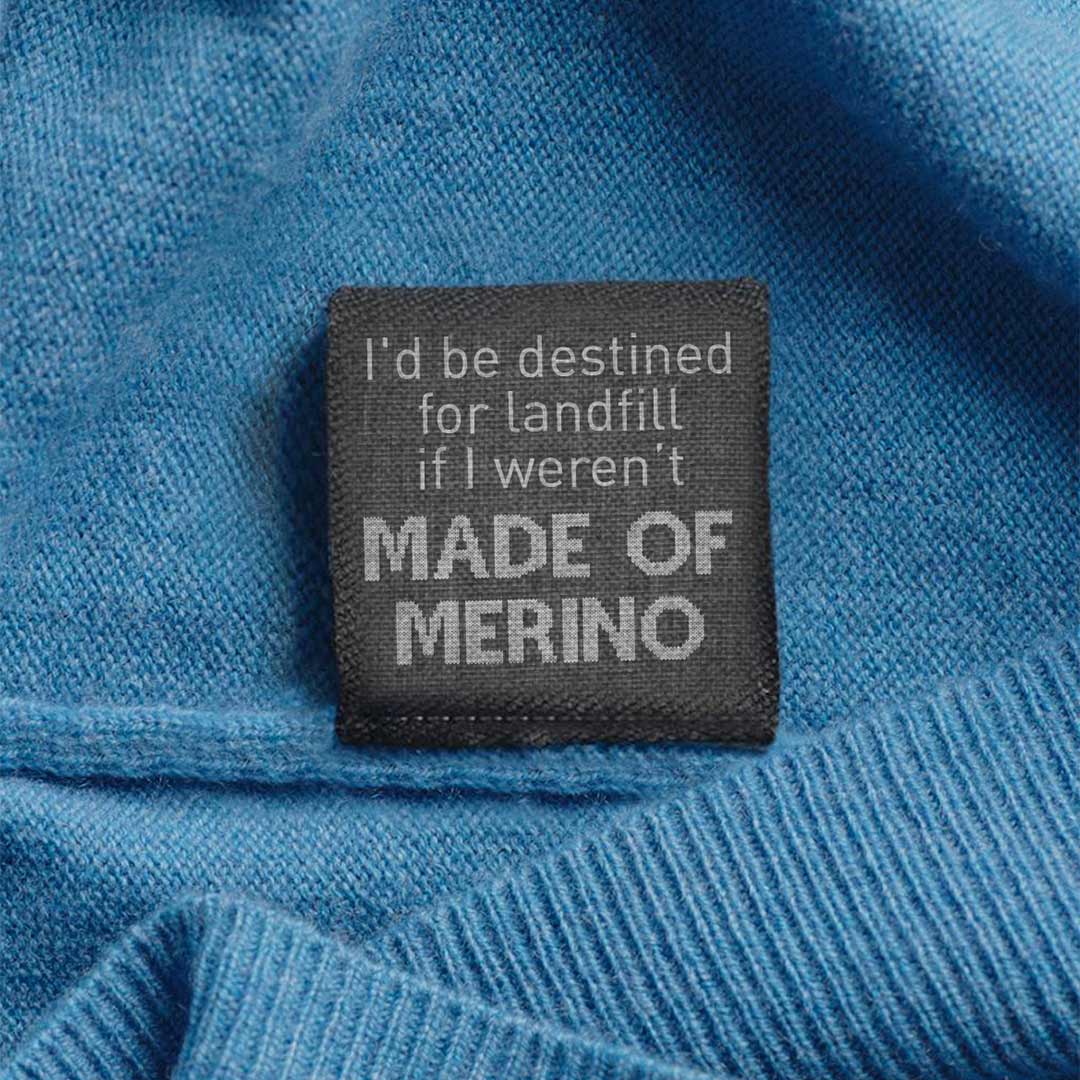
Here’s your guide to buying biodegradable fashion.
Wool, including Merino wool: Wool is 100% biodegradable in both land and marine environments. Remember when HRH The Prince of Wales famously buried a wool sweater and polyester sweater in his Clarence House garden? When he went to dig them up a few months later, the wool sweater had all but disappeared whereas the synthetic sweater needed a trip to the laundry but was fit to be worn. In fact, not only does wool biodegrade in the earth, but it also promotes soil health, releasing valuable nutrients back into the ground. Wool fibres also biodegrade in marine environments; no microplastic pollution here. But don’t worry, your woollens won’t wear away quickly, with wool clothes being durable to stand the test of time.
Cotton: Cotton is a plant-based fibre, and like wool, is 100% natural. We love cotton for its eco-friendly credentials, such as also being biodegradable.
Linen: Cotton’s cousin linen also biodegrades when buried in the soil.
Hemp: Also derived from plants not heavily processed, hemp is a biodegradable fibre.
Lyocell and TENCELTM: A regenerated cellulosic fibre made from bamboo or wood pulp, lyocell and TENCELTM fibres will also biodegrade back into the earth.
Fibres that do not biodegrade
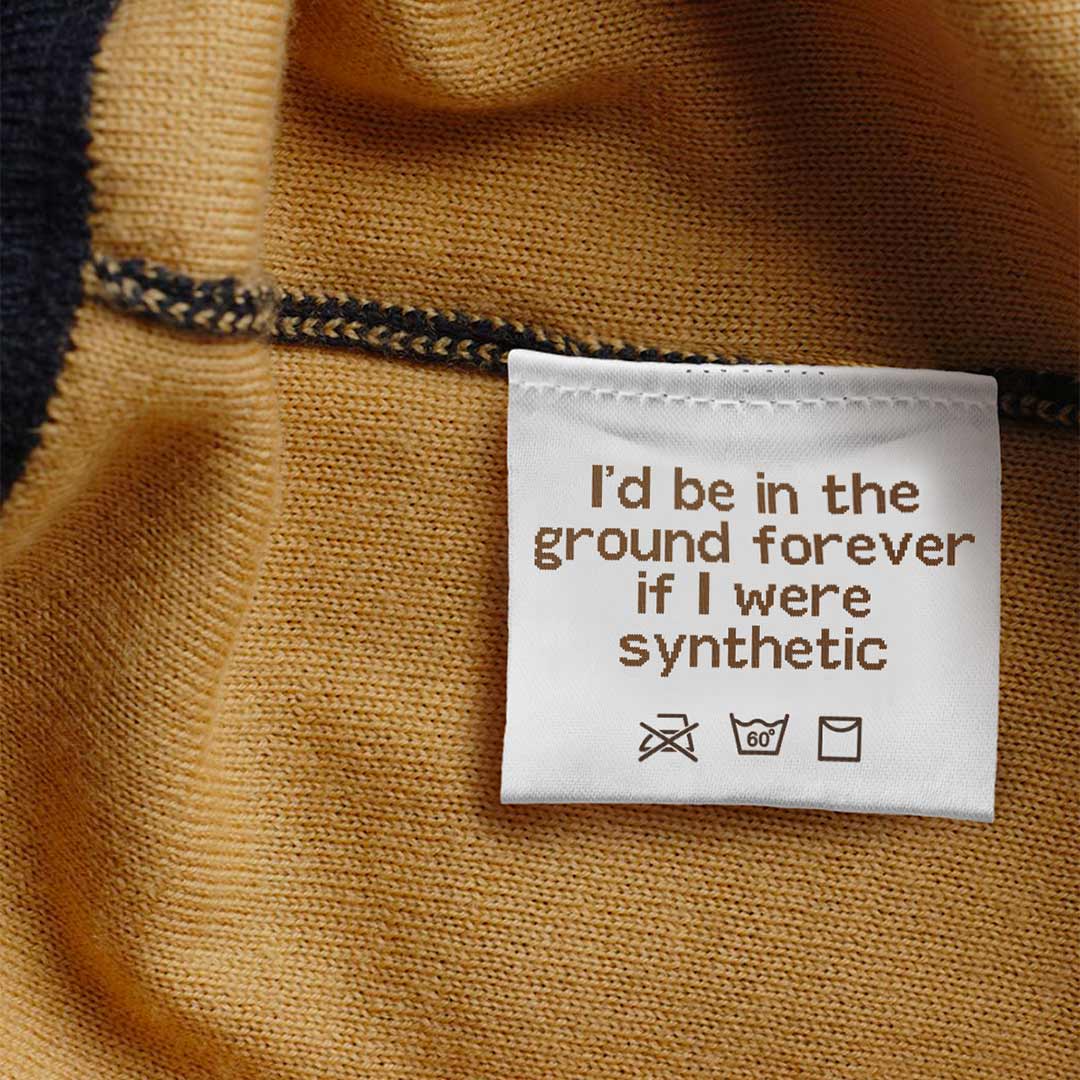
Plastic never dies, and the same can be said for clothing made from plastic polymers aka synthetic fibres. Common man-made materials include Nylon, elastane, acrylic, polyester, polyamide and neoprene. And don’t be fooled by recycled materials such recycled polyester or regenerated nylon – these are still synthetic fibres which shed microplastics and do not biodegrade.



